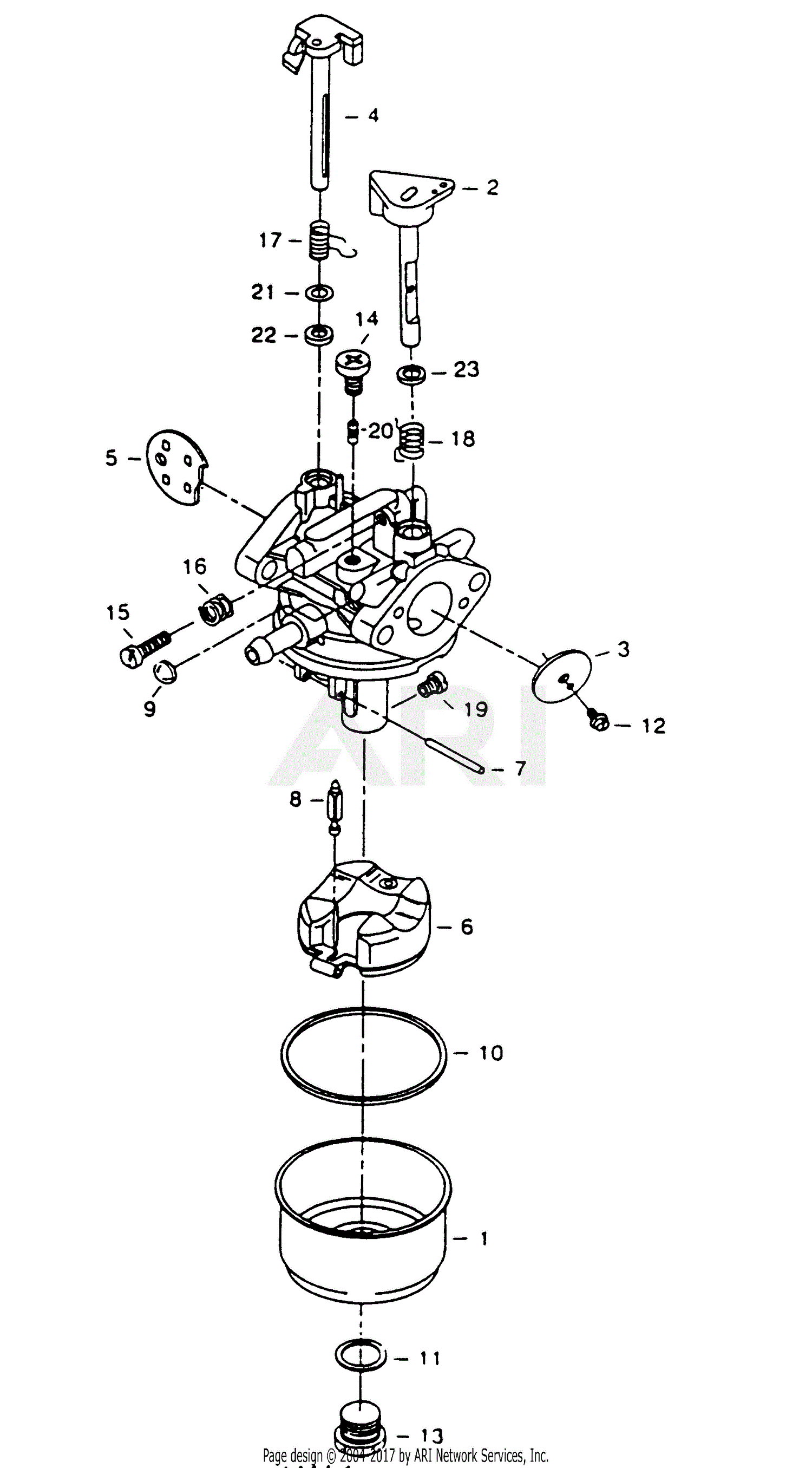

(Fishbone Diagram: Missed deadline in manufacturing of product) 5. In manufacturing industry, to identify the source of variation the causes are usually grouped into below major categories:

As a result we get a diagram with branches and sub branches of causal factors resembling to a fish bone diagram.


We further keep identifying the sub factors leading to the causal of identified factors till we are able to identify the root cause of the problem. Once a quality related problem is defined, the factors leading to the causal of the problem are identified. The very purpose of this diagram is to identify all root causes behind a problem. (“Fishbone” or Ishikawa diagram)Ĭause–and–effect diagram introduced by Kaoru Ishikawa helps in identifying the various causes (or factors) leading to an effect (or problem) and also helps in deriving meaningful relationship between them. (Check Sheet: Defect types with their occurrence on day of the week) 4. The very purpose of checklist is to list down the important checkpoints or events in a tabular/metrics format and keep on updating or marking the status on their occurrence which helps in understanding the progress, defect patterns and even causes for defects. When the information collected is quantitative in nature, the check sheet can also be called as tally sheet. Check sheet (Tally Sheet)Ī check sheet can be metrics, structured table or form for collecting data and analysing them. Histogram helps in prioritizing factors and identify which are the areas that needs utmost attention immediately. The very purpose of Histogram is to study the density of data in any given distribution and understand the factors or data that repeat more often. Histogram introduced by Karl Pearson is a bar graph representing the frequency distribution on each bars. Stratified data: (Same data classified by day of the week ).Un–stratified data (An employee reached late to office on following dates)ĥ-Jan, 12-Jan,13-Jan, 19-Jan, 21-Jan, 26-Jan,27-Jan.
#STARTERS ORDERS 6 SCATTER FULL#
The very purpose of Stratification is to divide the data and conquer the meaning full Information to solve a problem. Stratification is a method of dividing data into sub–categories and classify data based on group, division, class or levels that helps in deriving meaningful information to understand an existing problem. Cause-and-effect diagram (“fishbone” or Ishikawa diagram).7QC tools even today owns the same popularity and is extensively used in various phases of Six Sigma ( DMAIC or DMADV), in continuous improvement process ( PDCA cycle) and Lean management (removing wastes from process). These tools were often referred as Seven Basics Tools of Qualitybecause these tools could be implemented by any person with very basic training in statistics and were simple to apply to solve quality-related complex issues.ħ QC tools can be applied across any industry starting from product development phase till delivery. These tools which comprised of simple graphical and statistical techniques were helpful in solving critical quality related issues. The Seven Basic Tools of Quality (also known as 7 QC Tools) originated in Japan when the country was undergoing major quality revolution and had become a mandatory topic as part of Japanese’s industrial training program.


 0 kommentar(er)
0 kommentar(er)
